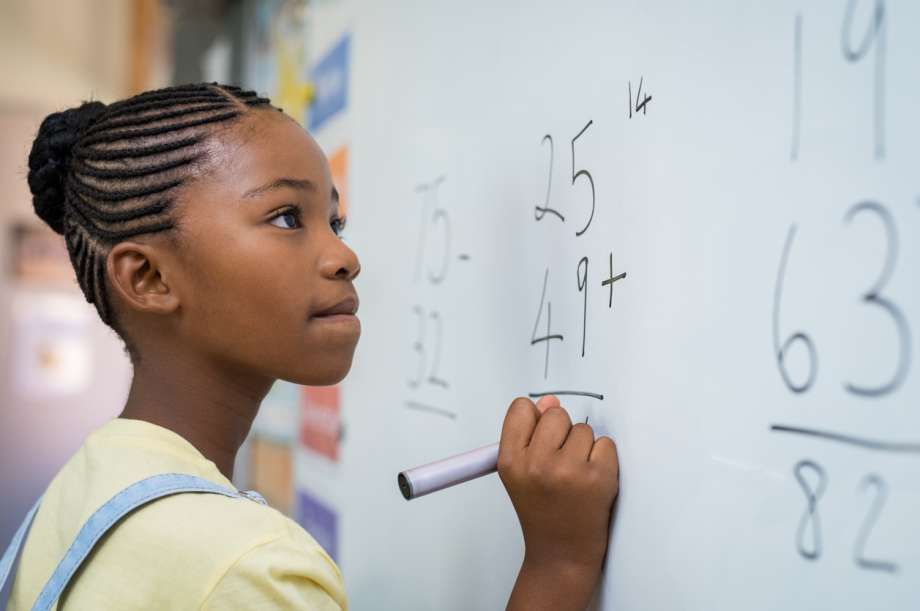How to Get Your Kids to Love Math

In this article, you will find:
Laying the foundation
How to Get Your Kids to Love Math
When it comes to mathematics, most U.S. kids just aren't making the grade. A recent study conducted on students in grades 4 and 8 by the American Institutes for Research found that children in the United States consistently score below most of their peers around the world on math. As students progress to the high school level, the worrying trend continues, with the U.S placing ninth out of the 12 countries included in the study.
How can children learn to embrace math? Jo Boaler, a former mathematics professor at Stanford University, offers advice to busy parents and teachers in her book What's Math Got to Do with It? How Parents and Teachers Can Help Children Learn to Love Their Least Favorite Subject. In the book, Boaler outlines solutions that can change a student's perspective on math, including classroom approaches, essential study strategies, and advice for parents.
Boaler believes that all children start out being excited by math. Mathematical ideas that seem obvious to most adults fascinate young children, such as counting a set number of items, rearranging them, counting again and getting the same number. Easy puzzles, games, and patterns are all that a child needs to become mathematically inspired.
"Playing games with dice helps when children are learning to add and subtract. Any activities that help children get a sense of numbers – what they look like, how big they are, where they occur in the world, is helpful," Boaler explains.
Children begin to understand the idea of numbers around the age of 3, and Boaler suggests parents concentrate on helping their children get a feel for numbers through the age of 7. Some easy math activities for early learning include:
- Building blocks, interlocking cubes, or kits for making objects. These help develop spatial reasoning, a foundation for mathematical understanding.
- Jigsaw puzzles, Rubik's cubes, and anything else that involves moving, rotating, or fitting objects together will also help develop spatial reasoning.
- Exploring mathematically interesting items like house numbers, fence posts, and patterns in nature.
- Reading books with a mathematical undertone, such as The Father Who Had 10 Children, by Benedicte Guettier.
- Learning about shapes and addition together with fun, early learning printables.
These simple interactions and early learning activities in the home lay the foundation for enjoying math. Fostering a love affair with math at an early age can give children a better chance of being excited about the subject throughout their school years.